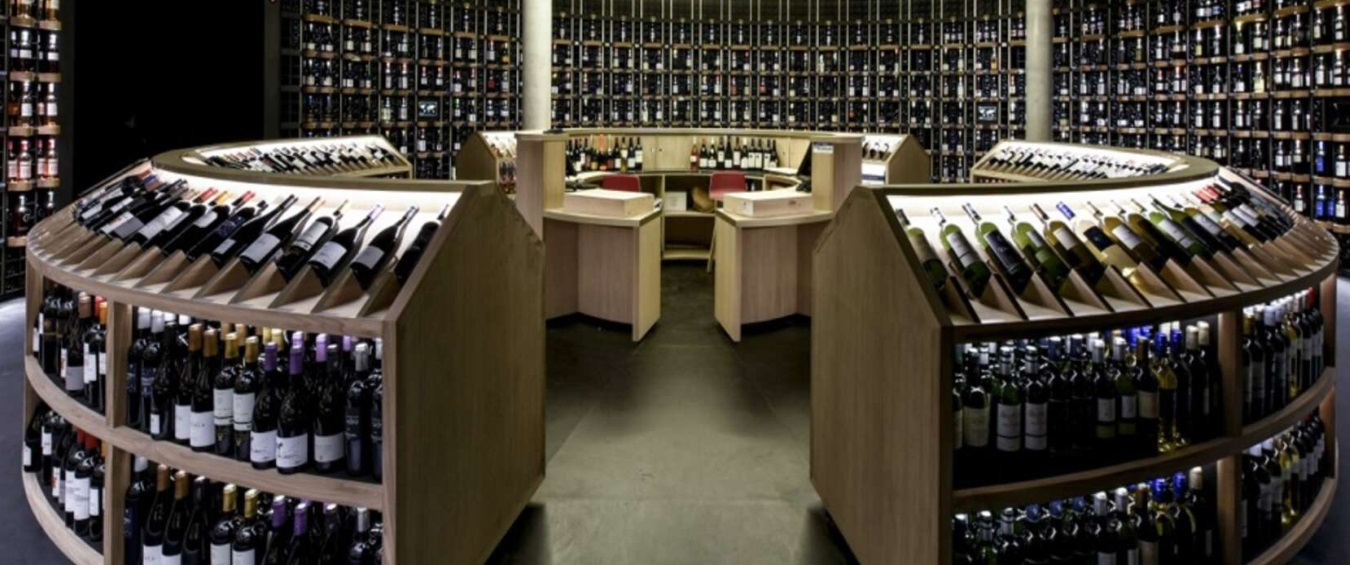In the intricate world of wines, researchers from the University of Geneva (UNIGE), in collaboration with the Institute of Vine and Wine Science at the University of Bordeaux, have harnessed artificial intelligence (AI) to unlock the chemical signatures of red wines from seven major estates in the Bordeaux region with unprecedented accuracy. The study, published in Communications Chemistry, marks a breakthrough in the quest to combat counterfeiting and offers predictive tools for decision-making in the wine sector.
Wines, complex concoctions of thousands of molecules, exhibit variations influenced by factors such as soil composition, grape variety, and winemaking practices. Determining the precise origin of a wine based on sensory attributes alone has been a challenging endeavor. Climate change, evolving consumer habits, and rising counterfeiting incidents have underscored the need for effective tools to ascertain the identity of wines.
Traditionally, methods like gas chromatography were employed, but the complexity of wine blends and limitations of these techniques led to challenges. The research team, led by Alexandre Pouget, combined chromatograms from 80 red wines with machine learning, a facet of AI. Unlike traditional approaches, the AI model considered complete chromatograms, incorporating up to 30,000 data points and eliminating unnecessary variables through dimensionality reduction.
The results revealed distinct ‘clouds’ of points on a graph, each grouping vintages from the same estate based on their chemical similarities. Notably, the study demonstrated that each estate possesses a unique chemical signature, and the geographical origin of a wine can be identified with 100% accuracy.
This pioneering research not only unveils the chemical identity of wines but also holds promise for developing decision-making tools in the wine industry and strengthening measures against counterfeiting. The application of AI to unravel the intricate chemical composition of Bordeaux wines opens up new avenues for preserving terroir identity and enhancing the overall quality of the wine sector.


